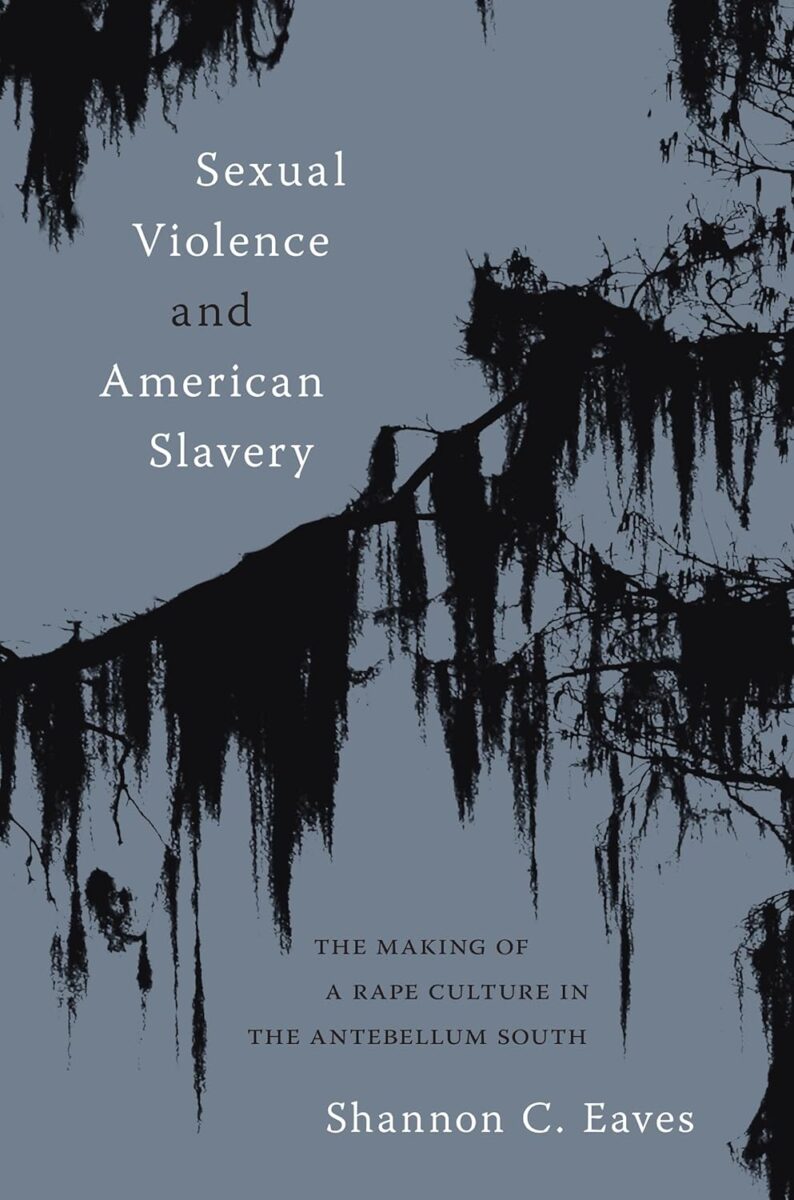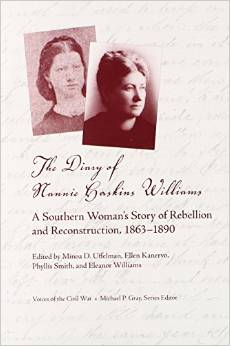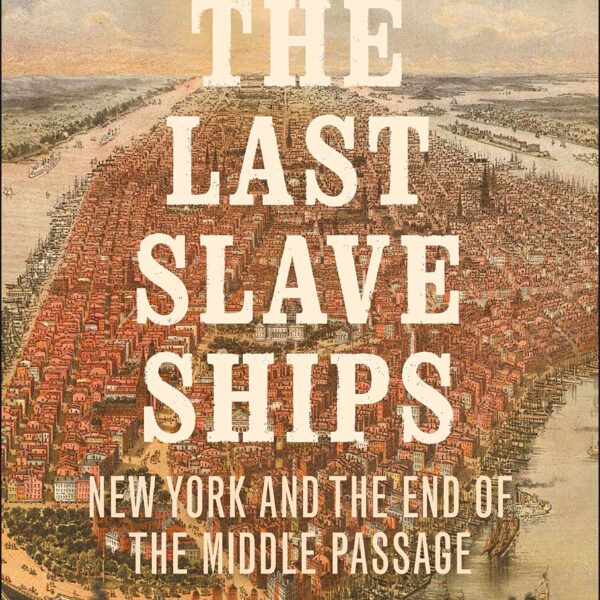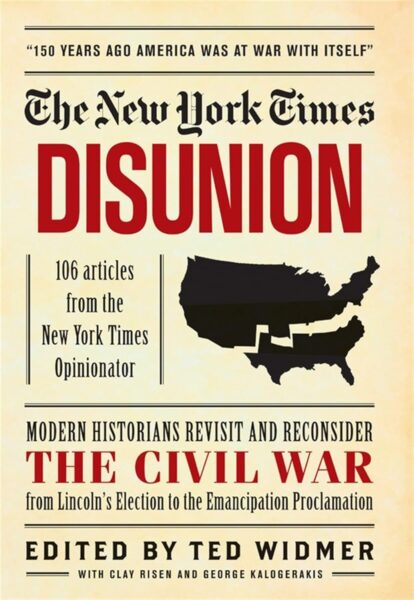Shannon C. Eaves’ Sexual Violence and American Slavery: The Making of a Rape Culture in the Antebellum South extracts the distinct voices of enslaved people and white Southerners from the violent past of the slaveholding South. Eaves makes these voices audible so that they can be heard, known, and valued by a wide readership. Sexual Violence and American Slavery deepens our understanding of slavery as a violent, sexual institution that involved and entangled everyone living in the American South and beyond. The foundation of white supremacy that created a “rape culture” developed and intensified over time since the colonial period.
Sexual Violence and American Slavery places Black and white voices in conversation with each other and weaves together the inextricable and complicated social threads that connected them. These threads afforded social and political power to white men—and a limited degree of power to white women as enslavers and plantation managers. Through the lens of cultural history, Eaves illustrates that slavery and sex were inseparable in six chapters: three chapters devoted to the experiences of enslaved people, and three chapters devoted to the experiences of white female and male enslavers. Each chapter immerses the reader into the discourse and interplay of historical actors who lived in the rape culture including, but not limited to, Black women who taught their daughters how to navigate the dangers that awaited them, Black men who fought enslavers to stop the abuse of enslaved women, and white women who petitioned the courts for divorces from their enslaver husbands who did not use discretion when sexually abusing enslaved women.
Drawing on eclectic and rich sources of slave narratives, diaries, correspondence, and divorce petitions to state legislatures, etc., Eaves centers the dehumanization of Black women’s bodies as the crux of white supremacy. Eaves argues, “In many ways, enslaved women’s bodies served as an ideological and physical landscape upon which the slaveholding South was built” (7). White Southerners defined the purity of white women in contrast to the impurity of Black women. White Southerners shaped a “rape culture” by adhering to shared ideas that normalized and encouraged Black sexual exploitation and abuse. These ideas were codified by law, supported by political power, enforced by courts, calculated in the slaveholding economy, and preached in churches. Enslavers, overseers, patrollers, mistresses, family members, and neighbors watched this abuse and were not only complicit, but active in its systematic preservation and advancement. Although the rape culture was omnipresent and insidious, Black men, women, and children persisted and developed a shared awareness and knowledgebase to help each other navigate and survive through “collective consciousness.” Avoiding secluded areas on the property and/or being alone, clothing enslaved women more fully, and using word of mouth through kinship, prepared Black women and taught them how to protect themselves to the best of their abilities. Eaves “assesses how enslaved women perceived their ability to shape the terms and conditions of sexual servitude and long-term sexual liaisons with white men and the actions they took to improve the quality of life for themselves and their families” (53). Black women resisted and even seized opportunities within their abuse to alleviate their situation.
Reflecting on the monograph in its entirety, Eaves makes an important, but understated, point that is worthy of additional attention and discussion: white men threatened their own household, and in turn, their own power. As the bulwark of racial and gender order, an ordered household meant an ordered society, but unchecked and indiscreet sexual abuse carried out by male enslavers threatened the respectability of white women and jeopardized their power over Black women. This point may be underscored further by including more information about the process of how white women went about crafting divorce petitions. Did successful petitioners help prospective petitioners write a narrative that stoked fears of a collapse of the racial hierarchy at the macro level if it faltered at the micro level within southern households?
Sexual Violence and American Slavery thoughtfully makes hard and critical history accessible and understandable. Eaves’ transparency about her methodological process and the inherent difficulties she faced when trying to delicately balance highlighting violence, and enslaved agency within that violence, without always having sources created by Black women, is as admirable as it is instructive. Eaves provides a timely, thorough, and moving analysis of the vulnerabilities, sexual violence, and exploitation of Black women that will advance our understanding of slavery’s legacy in the United States and its connections to injustice that exists today.
Cassandra Jane Werking is a PhD Candidate in the Department of History at the University of Kentucky.
Related topics: African Americans, slavery





